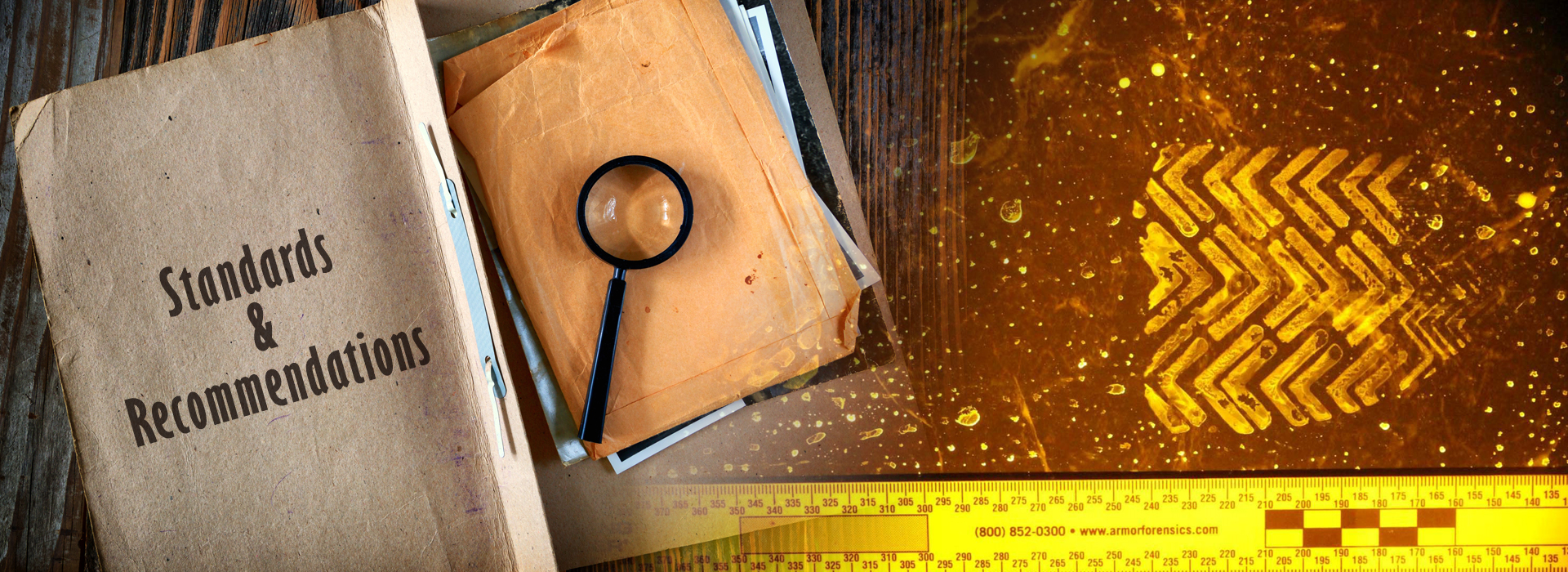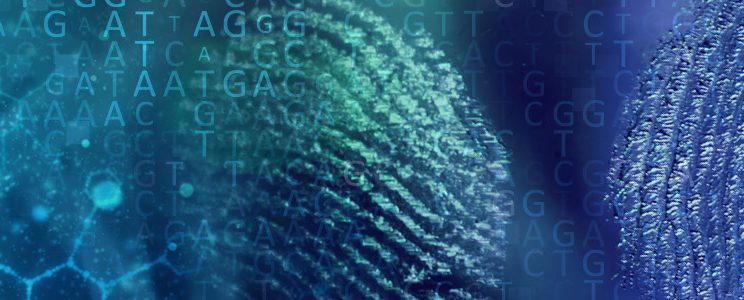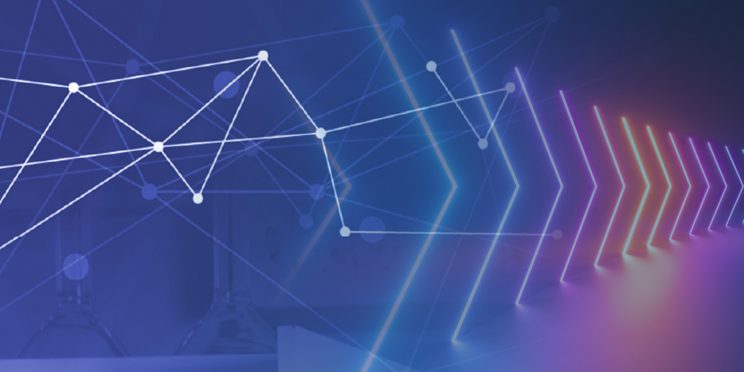This webinar originally occurred on September 30, 2021
Duration: 1 hour
Overview
It can be challenging to write reliable, accurate conclusions that meet the expectations of stakeholders that oversee and use footwear evidence reports. Some of the challenges associated with drafting these conclusions include 1) accurately conveying the evidence and limitations, 2) articulating discrimination values of an association in terms of the population of possible sources, and 3) qualifying associations appropriately. To overcome these challenges, footwear evidence conclusions must be written to fit each individual examination. This can be a difficult task for most examiners since footwear casework may be a second discipline and/or only encountered occasionally rather than routinely.
Writing a clear, concise, and complete conclusion is made easier by having a framework that covers the criteria that should be addressed in each case. Currently, the only published guidance document on this topic is the SWGTREAD conclusion scale, which was written by a committee that has not been operational for several years now. While this document serves as a ‘range’ of conclusions, it does not provide much guidance for writing a complete conclusion in the context of an examination report. Although no replacement conclusion standard has been published to date, research and standards development conversations are ongoing and continue to influence the way that examiners express their findings, conclusions, and opinions.
This webinar provided an opportunity to discuss some of the post-SWGTREAD considerations for articulating findings (interpretations, limitations, opinions, and results) as well as a platform to exchange thoughts, consider suggested conclusion structures, and observe examples related to articulating footwear evidence conclusions.
Detailed Learning Objectives
- Attendees will be able to locate the current published standards related to footwear evidence and the current status of standards under development by the Organization of Scientific Area Committees (OSAC).
- Attendees will observe examples of conclusion writing in footwear evidence that are recommended/suggested to be addressed in a footwear evidence examination report.
- Attendees will relate the conclusion recommendations to their own practices of report and conclusion writing.
Presenters
- Lesley Hammer, MA, MSc. | Forensic Examiner & Vice Chair of the Physics and Pattern Evidence Scientific Area Committee of OSAC
Funding for this Forensic Technology Center of Excellence webinar has been provided by the National Institute of Justice, Office of Justice Programs, U.S. Department of Justice.
The opinions, findings, and conclusions or recommendations expressed in this webinar are those of the presenter(s) and do not necessarily reflect those of the U.S. Department of Justice.
Contact us at ForensicCOE@rti.org with any questions and subscribe to our newsletter for notifications.




